Racism, Stress, and Youth Safety in Activity Spaces (April 26, 2022)
There is a gap in research wherein Black youths’ experiences of racism in routine spaces are sparsely documented. In their latest article titled “Using ecological momentary assessments to understand Black youths’ experiences of racism, stress, and safety”, Anna Ortega-Williams and colleagues aim to fill this gap through an ecological momentary assessment of emotions, racism, and social support among Black youths.
Drs. Ortega-Williams, Jamie M. Booth, Dashawna J. Fussell-Ware, Yolanda Lawrence, as well as Donelle Pearl and Ny’Ela Chapman, sat down with us to answer some questions about their latest article:
- If you had to choose one or two main takeaways from your article, what would they be?
Dr. Booth: One of my big takeaways, just from working with the Youth Research Advisory Board, is how important it is to have youth as partners in order to make this type of work relevant and successful—because, without them, this work would not get done. My other takeaway is that youth experience racism and support differently in different kinds of spaces and we use the information to reduce experiences of racism and enhance support for Black youth.
Dr. Dashawna Fussell-Ware:The biggest thing that sticks out in the article for me is the information about schools, and that youth are reporting experiencing racism and feeling less social support at school, which is a place where, pre-COVID, they spend most of their time. We depend on the school environment to ensure that youth meet certain developmental and social milestones, so the fact that it's really not serving them well mentally is concerning. It should be alarming for people who are interested in this work. Also, like Dr. Booth said, including youth in research and having them lead the way helps shape the way we do things and will be important for people going forward.
Donnell Pearl: The main thing that I would want to get people to take away is that it's really important to get authentic opinions from kids, and a lot of the time because of power dynamics, we don't get those authentic opinions. I think that this has been a really good way to get perspectives about spaces that kids are inhabiting.
Ny’Ela Chapman: Also, most adults are not aware that in most of the places youth visit, they don’t feel as safe as they should.
Dr. Booth: I was also going to say that in addition to school being really important, youth also reported more racism and less support when they were on a bus or walking on the street. Those spaces are significant because they are in between and needed for transportation to get from one place to another.
Dr. Ortega-Williams:The only thing I would add is that Black youth should not have to navigate this. As a foundation, this is an injustice. As allies, it is important for us to create spaces where support is not only visible, but is also felt. I think we have real opportunities with this study to learn what could support positive feelings in spaces. That’s what matters.
Dr. Booth: The other part that I think is important, as Dr. Ortega-Williams said, is that it's not only important to measure racism and perceptions of racism—which is critical—but it's also important to think about where youth feel good and where they feel supported. Places like their family homes or community centers were also found to be really crucial spaces, where youth go to access support and are related to positive momentary emotion.
Dr. Lawrence: The youth were smart researchers. It was a rare opportunity to keep the voices of youth present at every step of the process.
- Could you expand a little on what is meant by a “narrative identity” within the social environment, particularly in the context of Black youths’ expectations of racial discrimination and the associated implications for youths’ well-being?
Dr. Ortega-Williams: When we incorporated that term into our paper, we were really talking about how one would describe themselves. How we connect with our environment has a relationship with how we define ourselves, and it can take a toll on us in terms of how we're developing a view of ourselves. If my environment is racially hostile to me, then either it's something that I'm actively rejecting or it's something that could be internalized, and so there's a whole continuum of responses that, again, could take a toll.
Dr. Booth: And, development of identity is so crucial in adolescence, so having spaces that are reflecting support and not reflecting racism is essential for well-being.
- Could you also speak to how social support may serve as a coping strategy for Black youth faced with discrimination?
Dr. Dashawna Fussell-Ware: As an African American woman, I really identify with the belief that the African American community is based on community. We are not an isolationist culture, and individualism is not a huge part of the Black experience—collectivism and shared community are. So, to see it on paper that community social support is important in helping to combat the negative impact of racism and discrimination just makes sense. When we are able to be in a space together or share experiences together, it provides a protective buffer against, for lack of a better term, nonsense.
Donnell Pearl: I would definitely second that. Having an adult who sees you in spaces in a positive light provides a buffer emotionally from negative impacts—it provides a sense of resiliency. From my own experience, having adults who perceived me in a positive light helped; if someone said something negative about me, I would think, “Well, I know someone who really believes good things about me”.
Ny’Ela Chapman: Youth can also talk about it and find a solution that will work best for them. Sometimes talking to someone helps some youth (not all). They can find something that can help them, so they don’t get involved in drugs, for example.
Dr. Booth: Also, in this paper, we're not talking about social support as a coping strategy that the youth have to necessarily do something to in act—we're talking about social support as a feature of the space that youth can be in. They might enact that social support when they're in that space, but then they might not need to because it's a supportive space in the first place. So, what we're talking about in this paper isn’t necessarily someone experiencing discrimination and then going out and using support to cope with it. We're talking about having supportive spaces where youth can spend time and feel good as they’re dealing with other things in their lives.
Dr. Ortega-Williams: I would add that youth know how to do this. In my experience in working in community centers, like the Red Hook Initiative in Red Hook (Brooklyn) and in other parts of the city, there are different policies that interrupt youth. Here in New York, there might be a policy in public housing that is against youth gatherings. For example, youth gathering could be considered gang activity and police will disperse them, when, in actuality, they could be creating a supportive counter space that is self-initiated and self-determined. It's important for us as adults, as allies, to disrupt our own assumptions of what youth are capable of and what goals youth have in mind when they gather. As Dr. Booth said, we want to have deliberate investment in youths’ resources and spaces. Also, as adults, we can transform spaces. We can make sure we're not harming young people.
Dr. Lawrence: The emphasis on the productive Black body is reminiscent of slavery. You have to be busy, productive for someone else’s consumption. There are not enough spaces to just be. Where do they get to go to rest and be in community? How do you recuperate? How do you cope if you can never experience rest from productivity, from racism, from needing to “look busy”? They find support in these in-between spaces between home and school. They need a space that is theirs that they can control.
- In your paper, you mention that “attending to the nuances of exposure to racism within neighborhoods and across routine activity locations could support future research to design developmentally appropriate interventions to interrupt anti-Black racism”. What might some of these interventions look like?
Ny’Ela Chapman: Safe spaces and familiar faces. When I say safe space, there should be less limits because the majority of the places around here have limits. Some places cost for you to be there. For example, for the Y, I think it’s $5 per day and extra for the gym. You can be here at the community engagement center, but you have to have a purpose in order to be in here. I feel like if you have a safe spot, it has to be open at a time that fits everyone’s schedule and youth should be allowed to hang out without a purpose. This is on top of having adults in the space listening to youth, caring about their ideas and letting them lead. It needs to be accessible.
Dr. Dashawna Fussell-Ware: We started doing this in our own work, in terms of what it would look like to have a safe space that was not disrupted—to really have the youth run that space. I think that's a radical intervention that could be incorporated. Also, in terms of work with schools, people are already doing the work on restorative practices and restorative justice to help heal the bonds between youth and the school environment. There has also been some work about having critical conversations with youth, so people should continue to do that, but maybe with more of a youth focus because I haven't seen a lot of work on youth-centered critical discussions.
Donnell Pearl: I just want to back up what Ny’Ela said. Speaking to a lot of the kids, the reason why a lot of them didn't want to attend the spaces that currently existed was because they felt like they had to have a purpose for being there. They couldn't just “hang out” and not be considered a disruptive influence in these spaces. When I was growing up, I had the library, and the library really didn't care if you were just sitting around reading books or using the computer. A lot of these spaces that youth already attend are very purpose driven; creating holistic spaces where youth can just be in them and not think of what's required from spaces is important. Youth leadership—reaching out to the youth and getting their perspectives specifically about these spaces—is paramount.
Dr. Ortega-Williams: I would also add: how do we collaborate? How do we inquire and make solutions? When we say that a space needs to have a certain purpose—who is deciding the policies and the priorities? Are there decision-making spaces where people who are directly impacted by those policies can say, “I think this should be changed”? Having participatory research projects—whether action-driven research projects or community-based research projects—are opportunities to practice. We get a chance to practice transforming space and being in relationship. We get to check ourselves and get to know each other in a way where there can be trust. We get to interrupt how we’ve been socialized as adults in ways that could be restrictive and harmful to youth. Also, it’s important to know that it doesn't have to be perfect to be good practice. In future research, it is also important to ask about joy; ask about what support means rather than assuming that we know just because of previous studies that have been done. It would help to build on prior research and expand upon it when finding the gaps.
Dr. Booth: Also, we talked about schools, but there are other spaces where youth identified experiencing racism, like walking on the street and being on the bus. I think that digging into that a little bit more and understanding where that's happening and how it's happening—and designing ways to intervene to make sure we are addressing what is going on in those spaces—is important. I think those are often overlooked, like Dr. Fussell-Ware said. There is a lot of work going on in the school to varying degrees of success, but some of those other activities and spaces have not had as much attention brought to them.
Dr. Ortega-Williams: We also need to bring in the historical context. This study was about snapshots in time. So, being able to explore the historical contexts for where young people experience racism is also important. For example, youth reported experiencing racism on the bus. Well, we might have some historical precedent around that experience. Understanding the historical context can help us address things in real time, while also addressing larger contexts which include history and historical trauma.
Dr. Lawrence: In the discussion with the Youth Research Advisory Board during the writing of this manuscript,they shared that while they were not learning as much in virtual learning spaces, they considered them safer from racism– safe to breathe, think, not be as distracted by racism. They brought to my awareness the fact that school wasn’t a safe haven. I know there are problems, but I still had a sense of security in learning spaces. However, there are people who don’t experience that security, even brilliant researchers, like members of the Youth Research Advisory Board.
- What would you urge for parents, teachers, and other adults to take away from the findings outlined in your article—particularly with regard to implementing community solutions?
Ny’Ela Chapman: If we spend the majority of the time in school we should at least feel safe and like we are wanted there. Adults need to understand that we need to get together and just talk about it. They need to listen to us more often because older people tend to make all of the decisions, but we’re not growing up in the same generation as them, this is our time now. Adults have power to make the change but they need to listen to youth to know what changes need to be made because we are the ones growing up in the current situation. It is important to us that changes are made for those that are younger than us, like our siblings, nieces and nephews.
Dr. Booth: And, as we talked about before, adults have power and youth want to partner with them and just want to be heard.
Dr. Lawrence: Youth need a youth-led space. As co-researchers, youth voice is powerful and it needs to be amplified as often as possible.
- What is something that you wish people knew more about on this topic more generally?
Ny’Ela Chapman: I think most adults think because they hear good things about a place, it’s going to be good for their children to go there. From my experience, in sixth grade, I went to a Sci Tech that was considered a good school that was primarily white with white teachers but I personally experienced racism there. Teachers would call me out in class for things that all of the other kids were doing but they singled me out. I thought this was only my experience but then I heard it from several other people too. At the school I go to now, which is primarily Black, even though a lot of the teachers are White, they care and are putting the work in.
Dr. Booth: What I want people to know and take away from the topic more generally, is that we can know where youth are experiencing racism, and we can know where youth are feeling supported. We can target interventions to change those spaces. Historically, scholars that look at the relationship between neighborhoods and adolescent development talk about neighborhoods very generally as being disadvantaged or “disordered”, which really doesn't describe the reality of how youth are experiencing a space; there can be supportive spaces in a place and there can be spaces where youth experience more racism. Additionally, they encounter spaces outside of their neighborhood all the time. It’s also really important to consider those spaces when we're thinking about youths’ well-being and about creating a society where youth are supported in their development.
Dr. Dashawna Fussell-Ware: I want people to know that Black youth are worth it; they are worth this amount of investment and this amount of noise that we're trying to generate around them and their well-being. I know eventually there will be at least one person who will say, “Well what about White youth?” I just want to nip that in the bud right now. Black youth are worth it all on their own. What I want people to take away is that it’s okay that we have centered Black youth in this moment.
Dr. Ortega-Williams: I’ll also add that we're complicit in the academy. The terms that we generate and create—that's not how people are describing themselves or talking about life. We have an important opportunity not just to replicate a science of extraction, where we’re taking, regurgitating, and then presenting it back. We have a chance to co-create a science that is with, by, and for Black youth that can be a real intergenerational partnership. We get to support young people in creating the theories that they need to heal and the ideas that they want to promote. It was an honor to be able to collaborate with this team.
Dr. Booth: Something else that is important to consider when partnering with youth is that it takes time and consistently showing up to develop a true partnership, a true relationship. I think what I bring to the table is valuable and what they bring to the table is valuable and when we sit down and we work on these things together, it creates more valuable research. This is a two way relationship. But none of that work can happen if we don’t take the time to play, know each other and build a community in the process.
Donnell Pearl: Also, it's worth taking the time to form a body of your leadership to help define terms and get in the heads of some of your participants. They really actually changed a lot of the ways that we formulated our study. They changed the language to make it more accessible to people, which helped to actually get information. If we just came in speaking as researchers, we wouldn’t have gotten the information that we wanted, and it's worth forming a body like this.
Ny’Ela Chapman: I learned a lot from being on the board. By doing the research I could say that school didn’t feel the way it should feel.
Dr. Booth: I learned a lot from you. We had the hypothesis going in and we talked about it, and then we collected the data and that's what the data said. How do you feel about that—about the data representing your experience?
Ny’Ela Chapman: Proud because we got the data that backed up what we were thinking.
Dr. Lawrence: Adults have a lot of work to do in making spaces feel safe for youth. And, to find out more about that we should ask them questions and we should listen.
- Are there any other papers, talks, videos, etc. that you would recommend to others who want to learn more about this area of research?
Dr. Ortega-Williams: The report by the Red Hook Initiative led by young adults about what will create more safety in their neighborhood.
Dr. Booth: The Black Girls Equity Alliance, a local organization in Pittsburgh, is doing important work advocating for safe spaces for Black girls in schools. My mentor Christopher Browning has done a lot of work developing the use of ecological momentary assessment and space time budgets to understand youths experiences of spaces. I also have a colleague, Samantha Teixiera, who has done participatory mapping with youth in neighborhoods, which applies photo voice methods in a geographical context. Her work partnered with youth to describe their experiences of spaces in their neighborhood.
- What are some of the future directions you are most excited about in this area of research?
Ny’Ela Chapman: Working with other communities. Also, we're thinking about finding somebody to help us create a youth spot, someone with power who would want to collaborate with a group of youth and listen to them. We want to establish a safe spot, but we’re not going to be here forever. The fact is, we’re getting older and going to college, and we want to find somebody that we know we can trust to take over.
Dr. Booth: I think that the combination of partnering with youth in research and using methods like ecological momentary assessment is getting closer to really representing youths’ lived experiences and to representing some of the ideas in theories like ecological systems theory where we're thinking about how youth are interacting with their environment. By aggregating across large graphical areas we haven't really been able to understand the complex dynamics, so I'm excited about developing methods that allow us to do that better.
Dr. Dashawna Fussell-Ware: I’m looking forward to people just actually doing the work. When you start publishing, people say, “Oh it's already been done”—but not the extension. We have to work together to take it where it needs to go, so I'm just looking forward to people actually taking heed and running onto the next stage.
Dr. Lawrence: I’m excited about seeing hopefully more participatory and youth-driven research; hearing more youth voices in research.
Author bios:
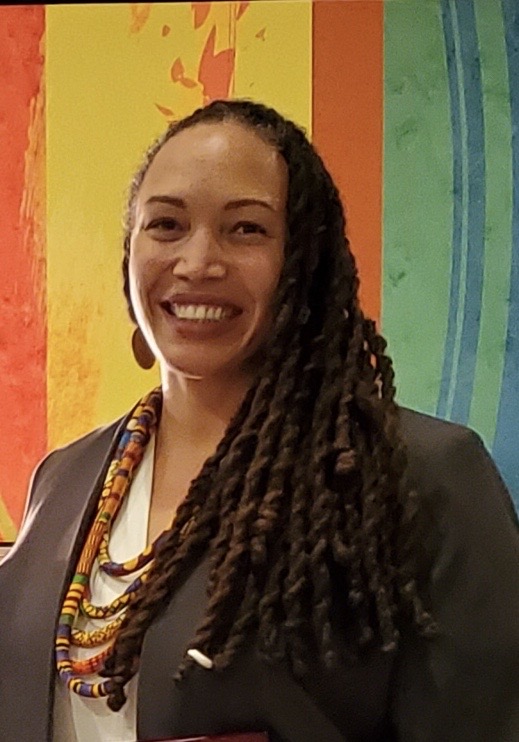 Dr. Anna Ortega-Williams: Dr. Anna Ortega-Williams is a social worker, public scholar, researcher, educator, and organizer inspired by the healing alchemy of social action as youth development among Black youth. Dr. Ortega-Williams is an Assistant Professor at the Silberman School of Social Work at Hunter College. A social worker since 2001, she is excited about trauma recovery interventions that push the boundary between individual and collective healing and social change. Her research focuses on historical trauma, posttraumatic growth, organizing, and well-being. She is deeply inspired by local, national and global social justice movements; in particular, Black youth-led responses to interrupting systemic violence. Her work is informed by growing up in public housing in the Bronx, as well as her commitments to joy, healing, imagination and hope while transforming the world.
Dr. Anna Ortega-Williams: Dr. Anna Ortega-Williams is a social worker, public scholar, researcher, educator, and organizer inspired by the healing alchemy of social action as youth development among Black youth. Dr. Ortega-Williams is an Assistant Professor at the Silberman School of Social Work at Hunter College. A social worker since 2001, she is excited about trauma recovery interventions that push the boundary between individual and collective healing and social change. Her research focuses on historical trauma, posttraumatic growth, organizing, and well-being. She is deeply inspired by local, national and global social justice movements; in particular, Black youth-led responses to interrupting systemic violence. Her work is informed by growing up in public housing in the Bronx, as well as her commitments to joy, healing, imagination and hope while transforming the world.
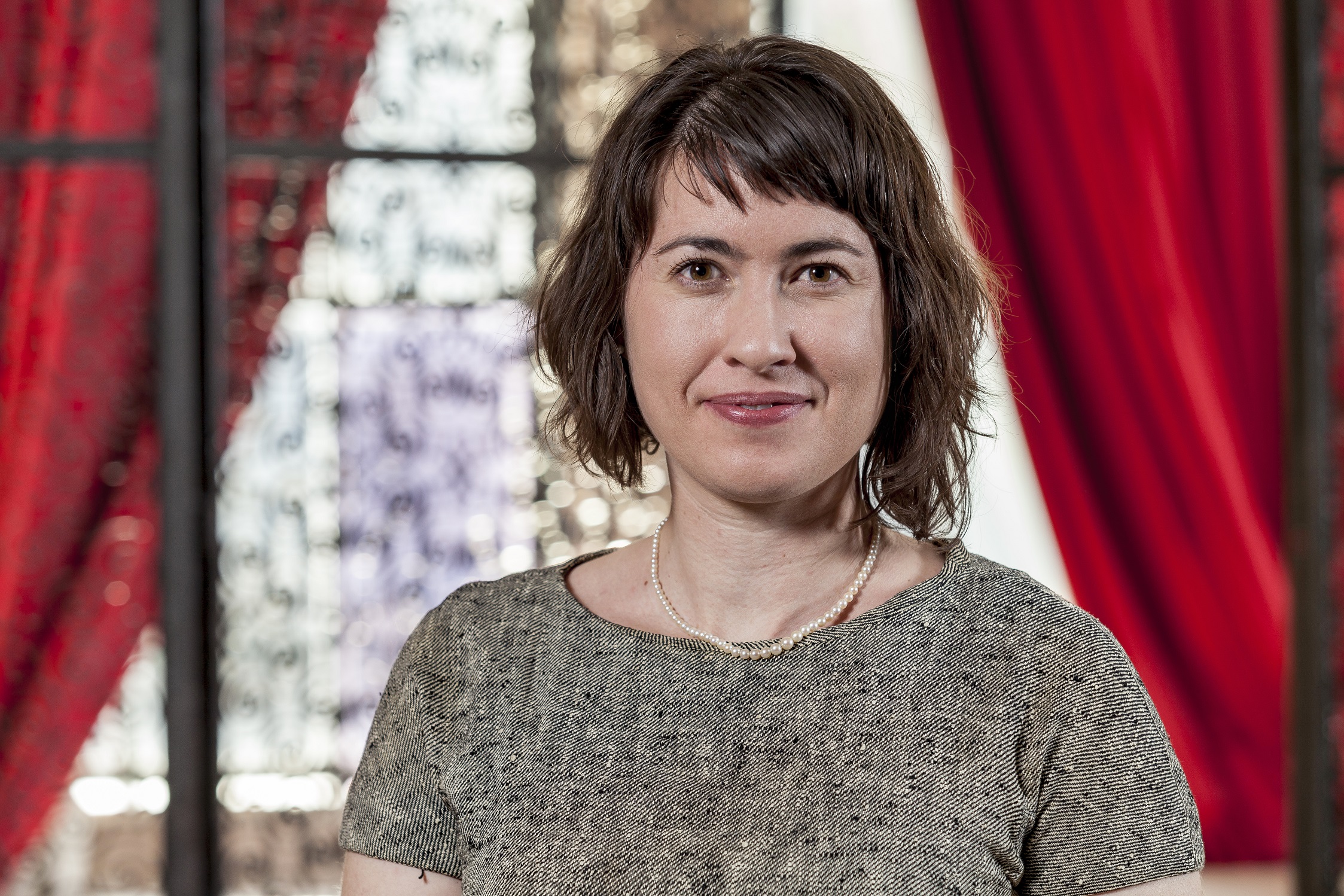 Dr. Jamie M. Booth: Jaime Booth is an Associate Professor in the School of Social Work at the University of Pittsburgh. She is the PI of the SPIN Project, a NIDA funded project that seeks to understand Black youths' experiences of supportive and stressful spaces in their neighborhood, with the goal of designing interventions that will increase youths' engagement in supportive spaces. Dr. Booth is the co-director of HYPE Media, a critical literacy program focused on youth-led story-making possibilities that respond to stigmatized narratives of Black girls, Black women, and Black communities. She also partners with colleagues in Information Science in a NSF funded project that engages youth in the co-design of an application that can be used to analyze big data for community change. In all her work Dr. Booth partners with youth to understand their lived experience and design interventions to support their ability to thrive.
Dr. Jamie M. Booth: Jaime Booth is an Associate Professor in the School of Social Work at the University of Pittsburgh. She is the PI of the SPIN Project, a NIDA funded project that seeks to understand Black youths' experiences of supportive and stressful spaces in their neighborhood, with the goal of designing interventions that will increase youths' engagement in supportive spaces. Dr. Booth is the co-director of HYPE Media, a critical literacy program focused on youth-led story-making possibilities that respond to stigmatized narratives of Black girls, Black women, and Black communities. She also partners with colleagues in Information Science in a NSF funded project that engages youth in the co-design of an application that can be used to analyze big data for community change. In all her work Dr. Booth partners with youth to understand their lived experience and design interventions to support their ability to thrive.


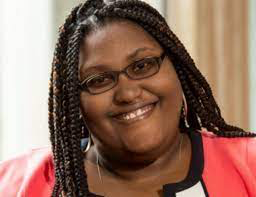
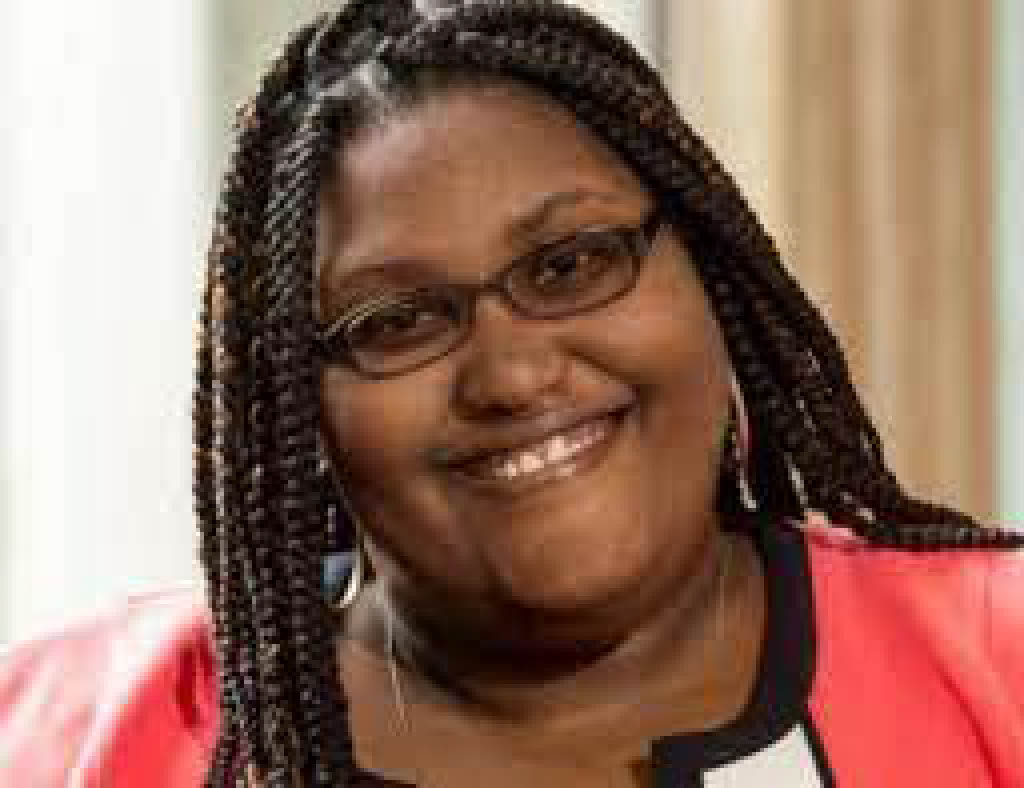 Dr. Dashawna J. Fussell-Ware: Dashawna Fussell-Ware completed her doctoral degree at the University of Pittsburgh School of Social Work. She is an Interdisciplinary Minority Fellow for the American Psychological Association and a Doctoral Fellow for the University of Pittsburgh Center on Race and Social Problems and Steel Smiling, Inc., a non-profit organization dedicated to promoting Black Pittsburgh residents' mental health. A former K-12 educator and burgeoning community-engaged researcher, Dr. Fussell-Ware's current research focuses on promoting mental health literacy among Black, Latinx, and Hispanic children, adolescents, and transition-age youth as a pathway to eliminating mental health disparities. Her career goals are to conduct groundbreaking research that positively influences policy and social work practice as well as serve communities of color through partnerships with resource-rich academic institutions.
Dr. Dashawna J. Fussell-Ware: Dashawna Fussell-Ware completed her doctoral degree at the University of Pittsburgh School of Social Work. She is an Interdisciplinary Minority Fellow for the American Psychological Association and a Doctoral Fellow for the University of Pittsburgh Center on Race and Social Problems and Steel Smiling, Inc., a non-profit organization dedicated to promoting Black Pittsburgh residents' mental health. A former K-12 educator and burgeoning community-engaged researcher, Dr. Fussell-Ware's current research focuses on promoting mental health literacy among Black, Latinx, and Hispanic children, adolescents, and transition-age youth as a pathway to eliminating mental health disparities. Her career goals are to conduct groundbreaking research that positively influences policy and social work practice as well as serve communities of color through partnerships with resource-rich academic institutions.
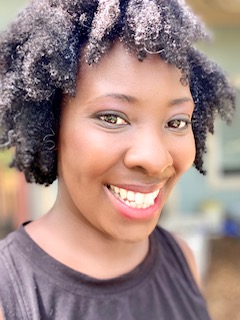 Dr. Yolanda Lawrence: Dr. Yolanda Lawrence is a veteran school counselor of New York City Public Schools and former Navy Clinical Psychologist who served in San Diego and Beaufort, South Carolina while on active duty. Her clinical work has included work with children, adults, parents, college students, active duty military, and veterans, in both inpatient and outpatient settings. Dr. Lawrence has taught psychology to undergraduates at both two- and four-year colleges. Dr. Lawrence serves on the Board of Trustees of a small New England independent school and provides private consulting, coaching, workshops and professional development to schools, school systems, individuals and businesses. Dr. Lawrence maintains a lifelong passion for teaching, research and evaluation with a keen interest in topics that amplify the voices of those not typically invited to participate in the scientific process. Dr. Lawrence holds degrees from Mount Holyoke College, Chaminade University of Honolulu and Fordham University. She lives in the South Carolina Lowcountry with her husband and young children.
Dr. Yolanda Lawrence: Dr. Yolanda Lawrence is a veteran school counselor of New York City Public Schools and former Navy Clinical Psychologist who served in San Diego and Beaufort, South Carolina while on active duty. Her clinical work has included work with children, adults, parents, college students, active duty military, and veterans, in both inpatient and outpatient settings. Dr. Lawrence has taught psychology to undergraduates at both two- and four-year colleges. Dr. Lawrence serves on the Board of Trustees of a small New England independent school and provides private consulting, coaching, workshops and professional development to schools, school systems, individuals and businesses. Dr. Lawrence maintains a lifelong passion for teaching, research and evaluation with a keen interest in topics that amplify the voices of those not typically invited to participate in the scientific process. Dr. Lawrence holds degrees from Mount Holyoke College, Chaminade University of Honolulu and Fordham University. She lives in the South Carolina Lowcountry with her husband and young children.
 Donnell Pearl: Donnell Pearl is a Program Coordinator who works with Dr. Mary Ohmer and Dr. Jaime Booth to form collaborative partnerships, and spread information about SPIN, REP and the CBPR as an approach to community empowerment in the face of gentrification.Donnell believes in the betterment of the community through social work and community organizing. Donnell has worked with and garnered the support of community organizations in Homewood area and is an Alumni of The Homewood Children’s Village’s TLI Program.
Donnell Pearl: Donnell Pearl is a Program Coordinator who works with Dr. Mary Ohmer and Dr. Jaime Booth to form collaborative partnerships, and spread information about SPIN, REP and the CBPR as an approach to community empowerment in the face of gentrification.Donnell believes in the betterment of the community through social work and community organizing. Donnell has worked with and garnered the support of community organizations in Homewood area and is an Alumni of The Homewood Children’s Village’s TLI Program.
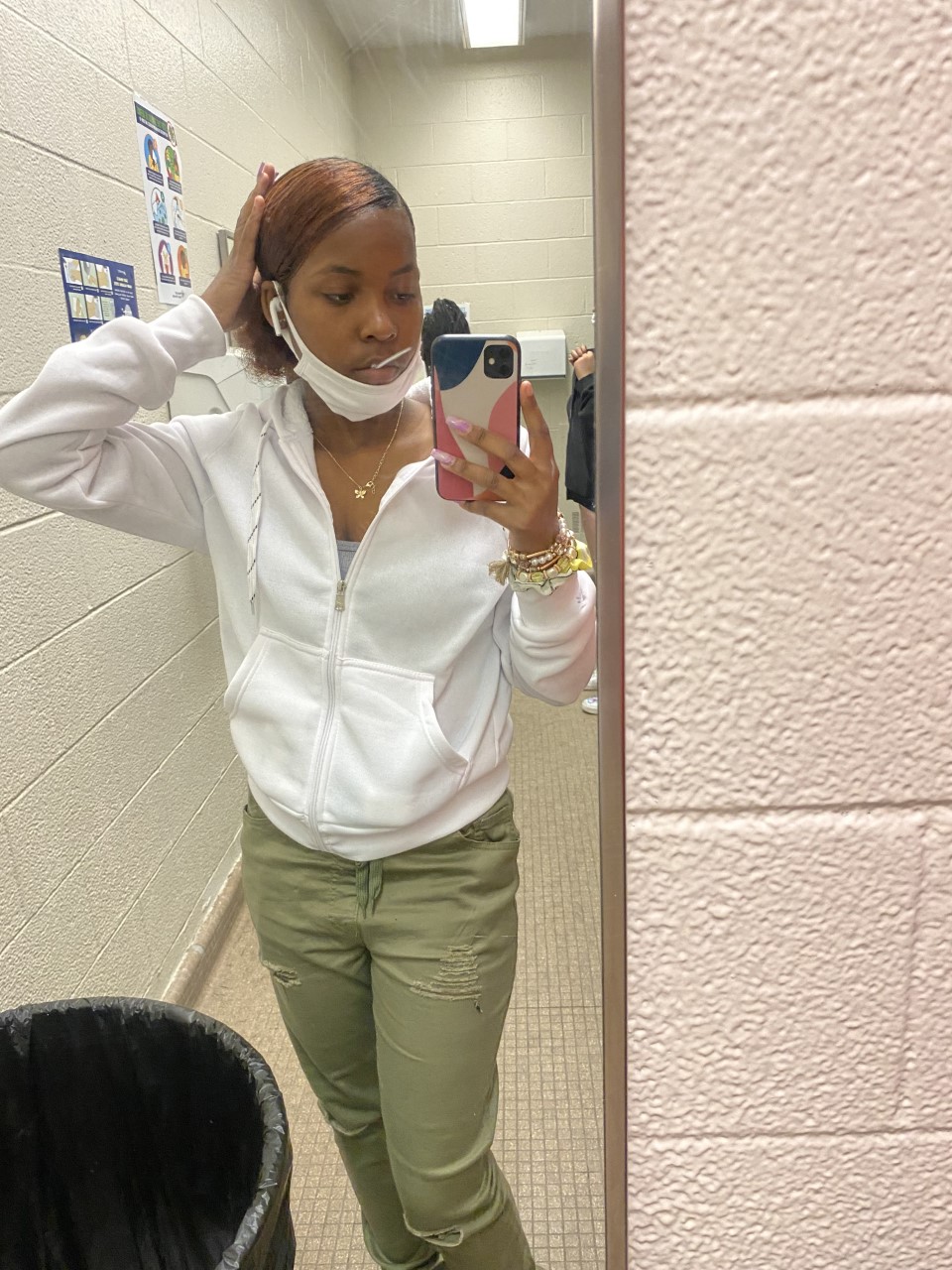 Ny’Ela Chapman: Ny’Ela is a Junior at Westinghouse Academy. She has been a leader in the SPIN Projects Youth Research Advisory Board since 2018. With the SPIN project Ny’Ela has presented at community groups, local conferences and the American Public Health Association's annual meeting. Ny’Ela also has a leadership role in Operation Better Blocks Junior Green Corp. Ny’Ela loves animals and is planning to be a veterinarian.
Ny’Ela Chapman: Ny’Ela is a Junior at Westinghouse Academy. She has been a leader in the SPIN Projects Youth Research Advisory Board since 2018. With the SPIN project Ny’Ela has presented at community groups, local conferences and the American Public Health Association's annual meeting. Ny’Ela also has a leadership role in Operation Better Blocks Junior Green Corp. Ny’Ela loves animals and is planning to be a veterinarian.

